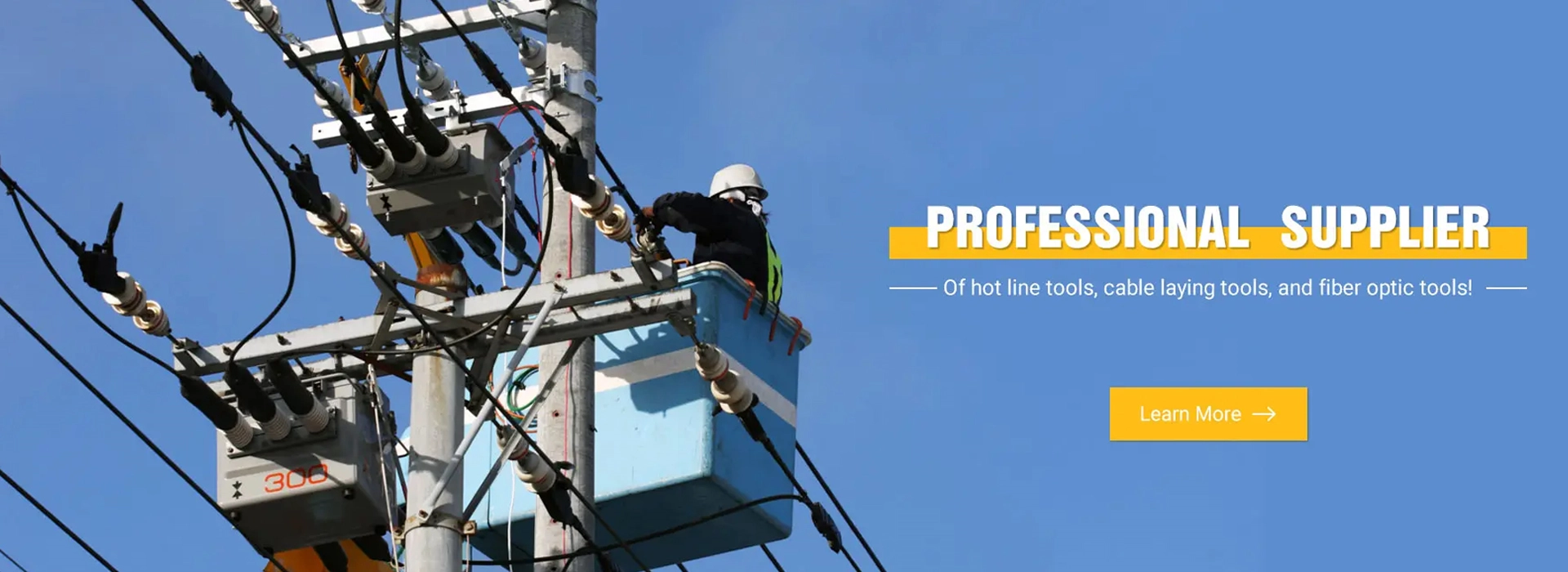
-
 Afrikaans
Afrikaans -
 Albanian
Albanian -
 Amharic
Amharic -
 Arabic
Arabic -
 Armenian
Armenian -
 Azerbaijani
Azerbaijani -
 Basque
Basque -
 Belarusian
Belarusian -
 Bengali
Bengali -
 Bosnian
Bosnian -
 Bulgarian
Bulgarian -
 Catalan
Catalan -
 Cebuano
Cebuano -
 Corsican
Corsican -
 Croatian
Croatian -
 Czech
Czech -
 Danish
Danish -
 Dutch
Dutch -
 English
English -
 Esperanto
Esperanto -
 Estonian
Estonian -
 Finnish
Finnish -
 French
French -
 Frisian
Frisian -
 Galician
Galician -
 Georgian
Georgian -
 German
German -
 Greek
Greek -
 Gujarati
Gujarati -
 Haitian Creole
Haitian Creole -
 hausa
hausa -
 hawaiian
hawaiian -
 Hebrew
Hebrew -
 Hindi
Hindi -
 Miao
Miao -
 Hungarian
Hungarian -
 Icelandic
Icelandic -
 igbo
igbo -
 Indonesian
Indonesian -
 irish
irish -
 Italian
Italian -
 Japanese
Japanese -
 Javanese
Javanese -
 Kannada
Kannada -
 kazakh
kazakh -
 Khmer
Khmer -
 Rwandese
Rwandese -
 Korean
Korean -
 Kurdish
Kurdish -
 Kyrgyz
Kyrgyz -
 Lao
Lao -
 Latin
Latin -
 Latvian
Latvian -
 Lithuanian
Lithuanian -
 Luxembourgish
Luxembourgish -
 Macedonian
Macedonian -
 Malgashi
Malgashi -
 Malay
Malay -
 Malayalam
Malayalam -
 Maltese
Maltese -
 Maori
Maori -
 Marathi
Marathi -
 Mongolian
Mongolian -
 Myanmar
Myanmar -
 Nepali
Nepali -
 Norwegian
Norwegian -
 Norwegian
Norwegian -
 Occitan
Occitan -
 Pashto
Pashto -
 Persian
Persian -
 Polish
Polish -
 Portuguese
Portuguese -
 Punjabi
Punjabi -
 Romanian
Romanian -
 Russian
Russian -
 Samoan
Samoan -
 Scottish Gaelic
Scottish Gaelic -
 Serbian
Serbian -
 Sesotho
Sesotho -
 Shona
Shona -
 Sindhi
Sindhi -
 Sinhala
Sinhala -
 Slovak
Slovak -
 Slovenian
Slovenian -
 Somali
Somali -
 Spanish
Spanish -
 Sundanese
Sundanese -
 Swahili
Swahili -
 Swedish
Swedish -
 Tagalog
Tagalog -
 Tajik
Tajik -
 Tamil
Tamil -
 Tatar
Tatar -
 Telugu
Telugu -
 Thai
Thai -
 Turkish
Turkish -
 Turkmen
Turkmen -
 Ukrainian
Ukrainian -
 Urdu
Urdu -
 Uighur
Uighur -
 Uzbek
Uzbek -
 Vietnamese
Vietnamese -
 Welsh
Welsh -
 Bantu
Bantu -
 Yiddish
Yiddish -
 Yoruba
Yoruba -
 Zulu
Zulu


Nov . 28, 2024 04:47 Back to list
Lightweight Hollow Fiberglass Pole for Versatile Outdoor Applications and DIY Projects
The Versatility and Utility of Hollow Fiberglass Poles
Hollow fiberglass poles have gained significant popularity in various industries due to their unique properties and versatility. Unlike traditional metal or wood poles, these fiberglass structures offer a combination of lightweight design, durability, and resistance to environmental factors, making them an ideal choice for numerous applications.
Composition and Characteristics
Hollow fiberglass poles are primarily made from glass fibers combined with a resin composite. This composition contributes to their lightweight nature, allowing for easy transport and installation. The poles can be manufactured in various lengths and diameters, catering to the specific needs of different projects. One of the most significant advantages of hollow fiberglass poles is their resistance to corrosion, making them particularly useful in harsh environments, such as coastal areas where saltwater can degrade other materials.
Another essential characteristic of fiberglass poles is their excellent strength-to-weight ratio. This property ensures that they can withstand substantial loads while being significantly lighter than their metal counterparts. Moreover, they exhibit remarkable flexibility, allowing them to bend without breaking under stress, which is crucial in applications subjected to wind or other dynamic forces.
Applications
The applications of hollow fiberglass poles are extensive and varied. In the telecommunications sector, they are frequently used to support antennas and satellite dishes. Due to their non-conductive nature, fiberglass poles are safer for telecom operations, particularly in areas prone to lightning strikes. The poles can be manufactured to accommodate specific vertical and lateral loads, ensuring reliable support for essential communication technology.
hollow fiberglass pole

In the recreational and sporting equipment industry, hollow fiberglass poles are utilized in the construction of tents, awnings, and other temporary structures
. Their lightweight design allows for easy setup and takedown, making them ideal for camping and outdoor activities. Additionally, the poles can be designed with various colors and aesthetics, enhancing the visual appeal of recreational gear.In agriculture, fiberglass poles serve as effective support structures for plant growth, such as staking for tomatoes or other climbing plants. These poles are resistant to rot and pests, ensuring longevity in outdoor settings. Farmers appreciate the durability and minimal maintenance associated with fiberglass poles, leading to increased productivity and reduced costs over time.
Advantages Over Traditional Materials
Choosing hollow fiberglass poles over traditional materials such as wood or metal comes with several advantages. Unlike wood, fiberglass does not rot, splinter, or require constant treatment to withstand weather conditions. Compared to metal, fiberglass poles do not conduct electricity, providing added safety in electrical applications and during storms.
Furthermore, fiberglass poles do not require extensive maintenance. Their resistance to UV rays ensures that they retain their strength and appearance over time, resulting in lower lifecycle costs. This longevity makes them a cost-effective investment for businesses and individuals alike.
Conclusion
Hollow fiberglass poles represent a revolutionary step in pole manufacturing and application. Their combination of light weight, strength, durability, and resistance to environmental factors positions them as an optimal choice across various industries. Whether in telecommunications, recreation, agriculture, or construction, these poles demonstrate their unique ability to meet the challenges posed by modern applications. As industries continue to evolve, the demand for innovative solutions like hollow fiberglass poles is likely to grow, signaling a bright future for this remarkable material.
Latest news
What Are Construction Tools and How Are They Used?
NewsJul.11,2025
Professional-Grade Duct Rodding Tools for Superior Cable Installation
NewsJul.11,2025
Enhancing Safety and Efficiency with Modern Hot Stick Solutions
NewsJul.11,2025
Empowering Cable Installation with Advanced Rodder Solutions
NewsJul.11,2025
Elevate Your Cable Installation Projects with Cable Pulling Tools
NewsJul.11,2025
Efficient Cable Handling Solutions: Cable Rollers for Sale
NewsJul.11,2025











